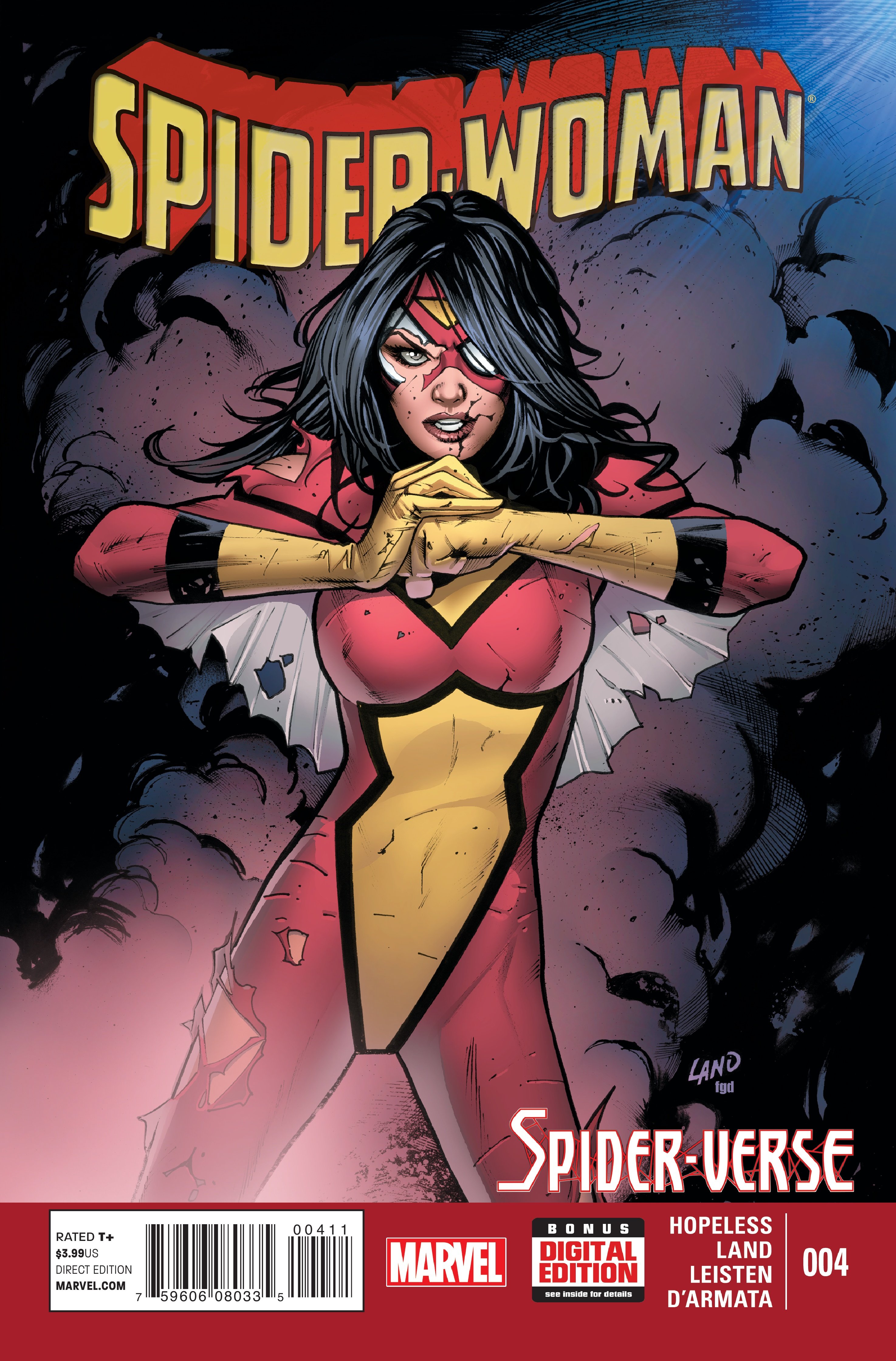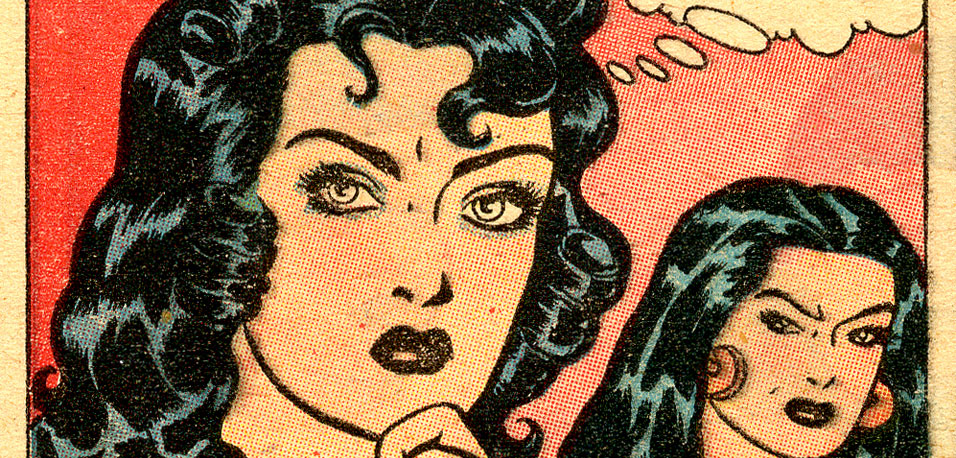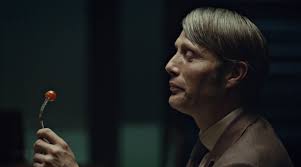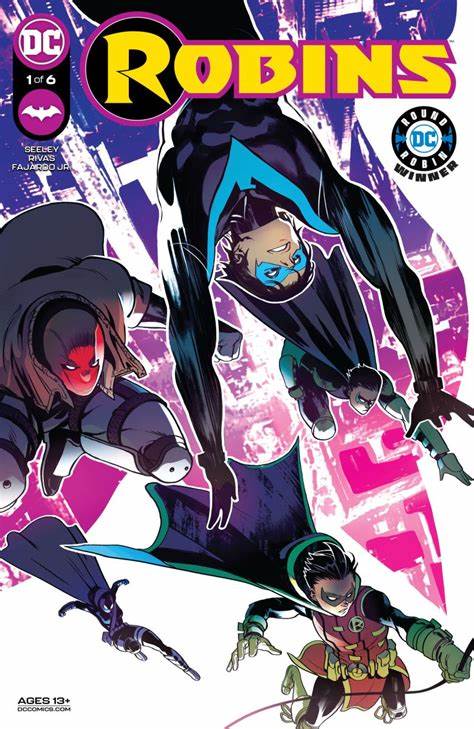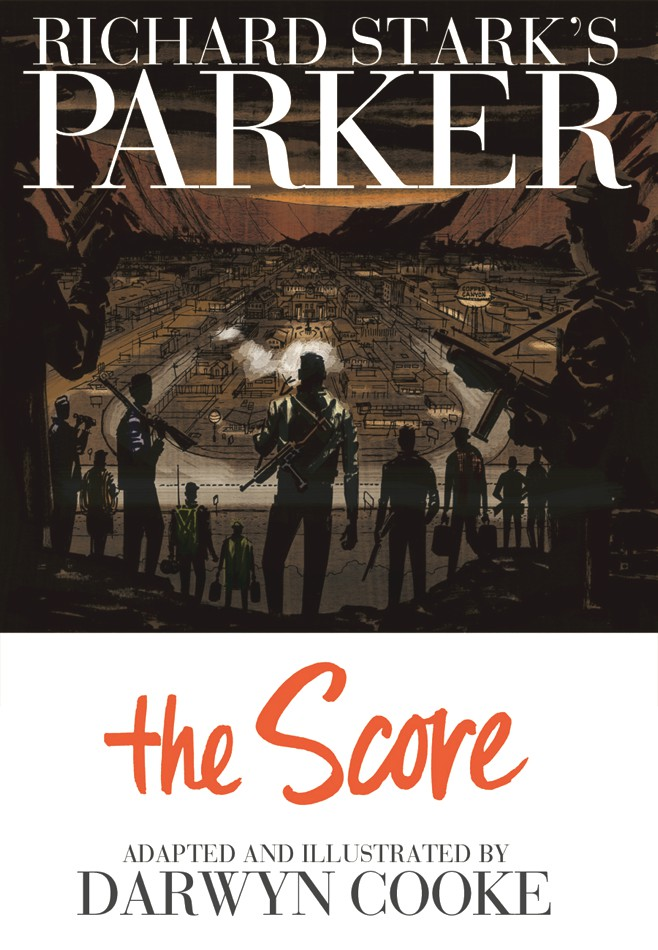As we sit here in Marvel event hell it’s hard to believe that there was a time in recent history where Marvel’s events were stellar and must reads. Beginning in 2005 with the release of House of M Marvel went on a murderers row of events that in my opinion culminated with one of their finest, Siege, which I personally found to be the most enjoyable of what was an escalating series of events that began with Civil War, and included Secret Invasion, as well as several ancillary titles such as Dark Avengers, New Avengers, the Invincible Iron Man, The Mighty Thor, and Captain America. Since Siege it seems Marvel has had more whiffs then hits and the endless cycle of Event after Event has hopefully culminated and ends with the current Secret Empire and a promised eighteen-month moratorium on events by the House of Ideas.

The road to Siege actually begins in the first Marvel Civil War by Mark Millar and Steve McNiven. Civil War was a compelling story that saw a clear division between the Marvel stable of heroes over the Superhero Registration Act mandated when the New Warriors Reality TV show catastrophically led to a devastating explosion in Stamford, CT that killed hundreds, including children. The tagline for Civil War was “Whose side are you on?” meaning you were choosing Iron Man if you were pro-registration or Captain America if you were against Registration. Over the course of the Event the division became deeper with heroes being arrested and forced to go underground. Spider-Man went public when Tony urged him to only to have it blow up in his face and face one of the worst beating in his very long career. Eventually the side of Registration wins out and Captain America is arrested for his actions and his New Avengers go on the run while still fighting the good fight. Tony Stark at the end of the day becomes director of SHIELD as well as the repository of all the heroes’ identities, one copy he keeps in his head, since he would trust no one else with his friend’s secrets.

Civil War was ambitious but perfectly in tune with where Marvel was in 2006. Mark Millar was the ‘it’ writer of the time with successful runs on the Ultimate X-Men and along with Bryan Hitch the groundbreaking the Ultimates. He brought his progressive super heroic ideals and hyper violence to the mainstream Marvel Universe and it worked. Unlike its successor, Civil War II, the original event had pitch perfect characterization, as I actually believed that Tony and Steve’s beliefs fit with their histories and I was saddened to see them come to blows as they had such a longstanding friendship. Civil War also set a direction that Marvel used brilliantly as they divided their line up with the renegade New Avengers book written by Brian Michael Bendis and the establishment Tony Stark in Matt Fraction’s the Invincible Iron Man. Yet the biggest fallout of Civil War, which changed the entire course of Marvel history, happened not in the main Civil War title but in Captain America #25 when Captain America was assassinated on the front steps of the court as he was arraigned for his actions during Civil War. With the New Avengers on the run, Captain America dead, and Tony isolated in SHIELD the Marvel universe truly felt surreal.
The next major movement toward Siege happened in the fall of 2007. Noticeably absent for the previous three years was arguably Marvel’s heaviest hitter, The Mighty Thor. But in September of 2007 under the guidance of J. Michael Straczynski and the beautiful pencils of Oliver Coipel Thor returned to the Marvel universe in Thor. Returning with Thor was his home of Asgard. The difference this time was that to visit Asgard you didn’t not need to access the Rainbow Bridge, rather you just needed to visit Broxton, Oklahoma as the city of the Norse Gods hovered just outside of town. Over the course of the first arc Thor brings back his fellow Asgardians and they begin a wonderful relationship with their Sooner neighbors. Thor also lets his displeasure be known with Iron Man over what occurred during the superhero Civil War and when told he must now register Thor quickly and swiftly smites Iron Man, the final breaking point for the big three of the Avengers. A breaking that will take years to repair. Straczynski and Coipel’s The Mighty Thor is one of the best runs on the Thunder God, easily up there with Walter Simonson’s and the current grand epic by Jason Aaron. It also perfectly fit with the new and fractured Marvel Universe of 2007.

Where 2007 was a fractured Marvel Universe 2008 became a Dark Marvel Universe and it was all thanks to the Damn Dirty Skrulls. The Skrull Invasion is retconned to have taken place in the post Kree-Skrull when the Illuminati (Reed Richards, Tony Stark, Stephen Strange, Charles Xavier, And Black Bolt) traveled to the Skrull home world to make sure there would not be another attack, yet they are captured and experimented on. It is in this time period that the Skrulls learn how to fully shape shift into Earth’s super beings and begin capturing and replacing Earths heroes. Flash-forward to New Avenger #27, the New Avengers travel to Japan to rescue former member Echo from the Hand. During the conflict Elektra is killed and reverts to a Skrull, opening the question of who was real and who was a Skrull.

The mystery of the Skrull invasion leads to Marvel’s next Event, Secret Invasion, by Brian Michael Bendis and Leinil Francis Yu. Secret Invasion dealt with the Skrull Empire’s attempt to destabilize the worlds Superhero community as well as both SHIELD and SWORD. Over the course of the eight issue series alliances were destroyed, trust amongst the heroes eroded, and no one was sure whom they could trust. Secret Invasion also had an ulterior motive that long dead heroes could be returned since they may have been kidnapped and replaced and some unspecified time in the past. Secret Invasion also completely eroded all of the power that Tony Stark had accumulated in Civil War as by the end of Secret Invasion it won’t be Tony in charge of SHIELD, it will be Norman Osborn and SHIELD will be dissolved and replaced with HAMMER and Marvel will enter a dark phase.

Secret Invasion was a fun Event but it was apparent that Bendis was inspired by the Battlestar Galactica reboot that was airing on the SciFi network at the time. But it did what it was supposed to do, change the Marvel Universe yet again as the new phase of Marvel would have Norman Osborn donning the Iron Patriot armor leading a group of villains posing as heroes in the Dark Avengers. It was an interesting grouping as you had Bullseye as Hawkeye, Mac Gargan (the former Scorpion) using the Venom symbiote to pose as Spider Man, Moonstone took on the classic Ms. Marvel persona and Logan’s son Daken put on the classic brown and yellow Wolverine costume. Rounding out the team was the God of War Ares, Grant Morrison’s Marvel Boy now calling himself Captain Marvel and the less the stable Superman analog the Sentry. I was surprised at the fact that I enjoyed the Dark Avengers since I didn’t like the premise but it was an enjoyable title as we watched Norman Osborne’s machinations as he tried to garner more and more power. But anyone who knows Osborn you were just waiting for his sanity to crack and his evilness to rear its ugly head, which it will when we finally get to Siege.

Following his dismissal from SHIELD Tony Stark went on the run to make sure that Norman Osborn couldn’t get ahold of the Superhero Database, using his Extremis armor to destroy all the computer copies and then goes on the run from HAMMER and eventually reboots his memory, causing brain damage, to erase the final copy but also erasing the last few years of his memory, well before Civil War so he had no memories of his actions. Matt Fraction was writing the Invincible Iron Man at this time and was doing a hell of a job. Putting Tony on the run also served another purpose as to reboot his brain Tony need the Thunder God, bringing him to Broxton, OK just as Siege was on the horizon.

There was one more piece of the puzzle that had to be placed on the table and that was left to Ed Brubaker, who was masterfully weaving the Captain America book at that time. In the post assassination Marvel Universe Bucky Barnes, the Winter Soldier, had taken up the Shield and was trying to live up to Steve Rogers memory. Yet by 2010 it was time for Steve Rogers to return and signal the end of the Dark Reign period of Marvel that was controlled by Norman Osborn. Joined by the great Bryan Hitch Ed Brubaker told a tale of what really happened to Steve Rogers in the six-issue mini-series Captain America Reborn. During Captain America Reborn we find out that Steve actually wasn’t killed but time locked by the Red Skull but during a rescue attempt Steve becomes unstuck in time and is reliving his life in a nonlinear order. So Brubaker is telling two stories, one about Bucky along with the Vision, Black Widow, Sharon Carter, Hank Pym and the Falcon trying to save Steve but also Steve living his past and readers reliving his high points. Bryan Hitch does some of his finest work on Captain America Reborn and was the perfect artist for the bigger then life, Widescreen take on Captain America. More importantly Captain America Reborn set the stage for the return of Steve Rogers, just in time as the world needed him and his friends needed him as Norman Osborn would soon decide to lay Siege to Asgard.

I’ll write more about Siege later this week but having gone back and read a big chunk of this time period of Marvel I forgot how good it was. Between 2007 and 2010 the House of Ideas was doing some of the best comics of its long history and certainly a gold standard for shared universe and continuity. One of the selling points of Marvel over DC had always been the interaction between the heroes and this was on full display during this time period. It was an ambitious time as Marvel allowed its creators to tell stories, even if it went against what the fans initial reactions were. I remember being up in arms that Ed Brubaker dared to bring back the long dead Bucky Barnes. Today I can’t imagine a Marvel universe without him. The thought of Asgard in Oklahoma was absurd before Straczynski did it and it was an amazing tale, one of Thor’s finest hours. I enjoyed the risks even if I wasn’t on board with them at first. I wish I felt the same way today. I wish I was on board with Hydra Cap but I’m not feeling it. Civil War II felt forced, even more so after I reread the original. I loathed the Inhuman v. X-Men conflict as it was uninspired. But I hold out hope, Jane Foster Thor is incredible, Ironheart is a delight and the Champions are a super team for the future. Maybe we will reenter another stellar era, once we’re past Secret Empire.


